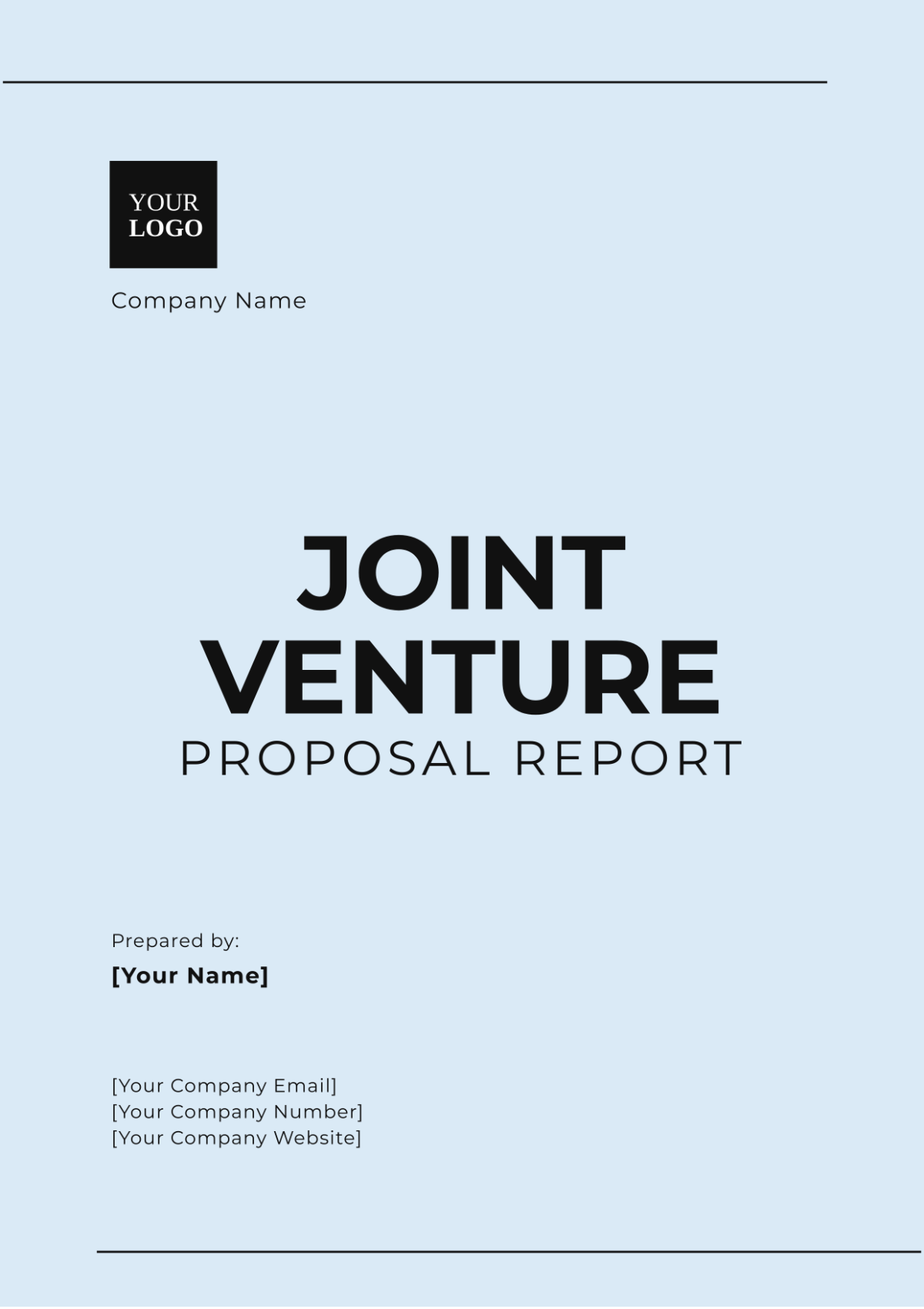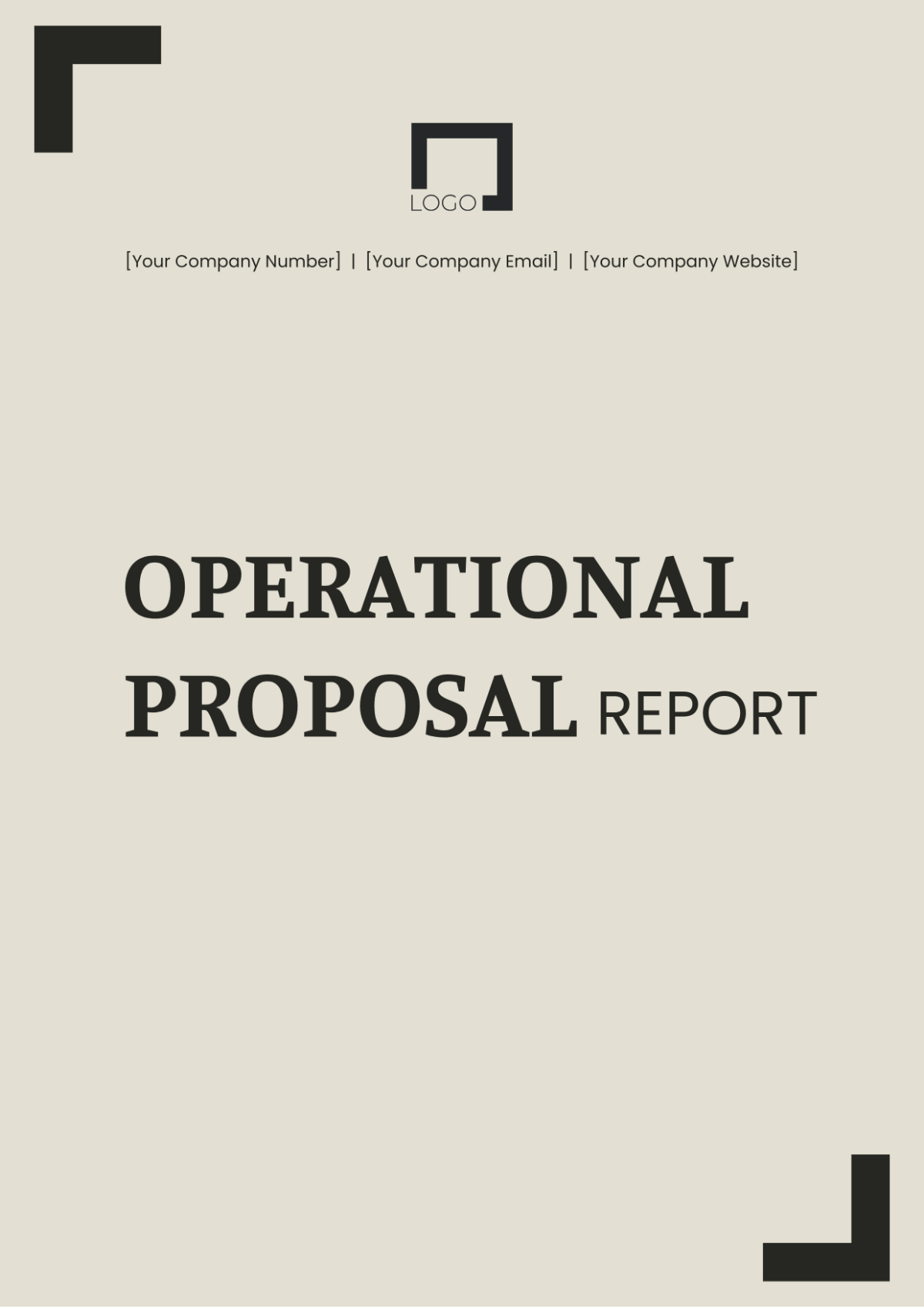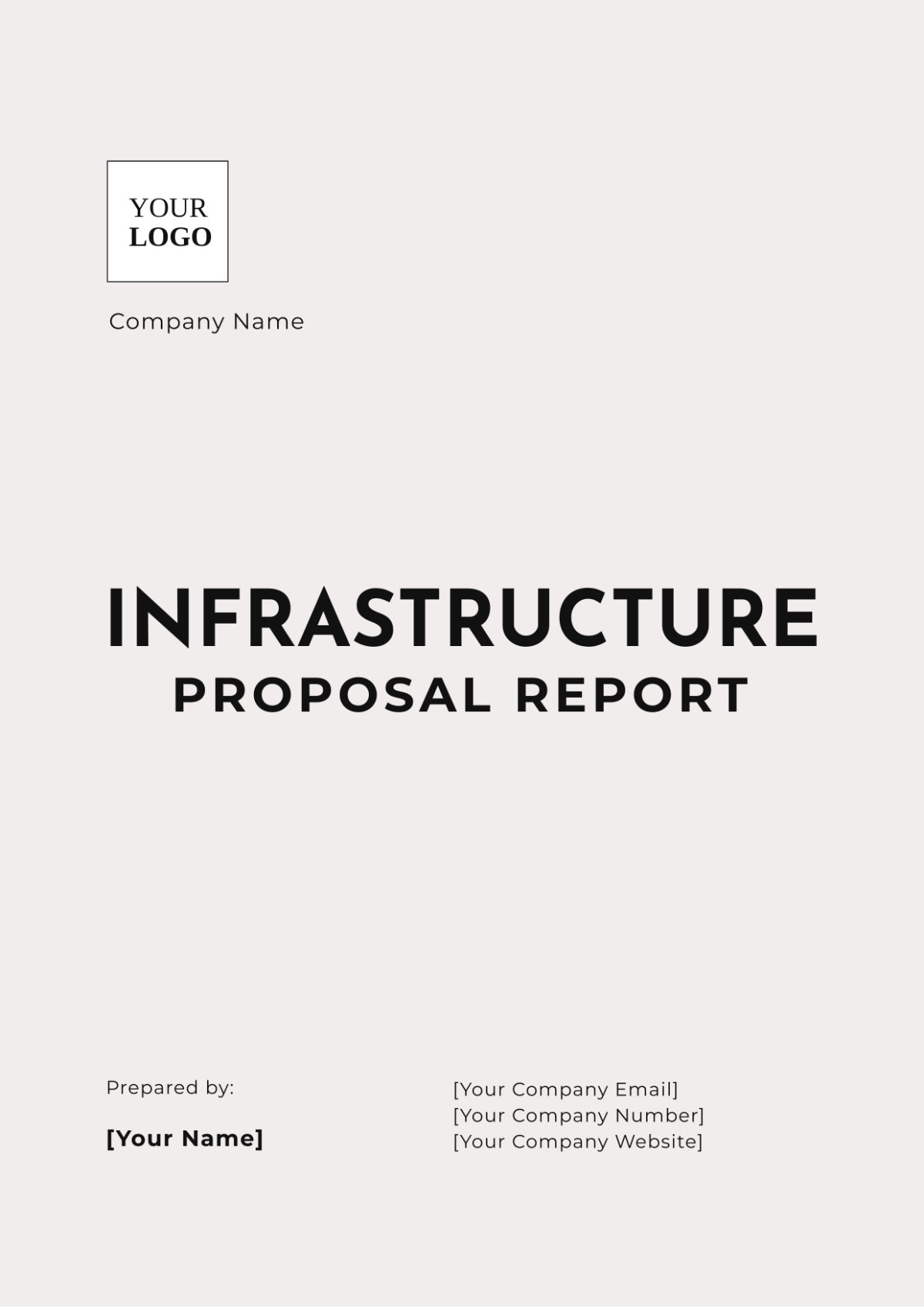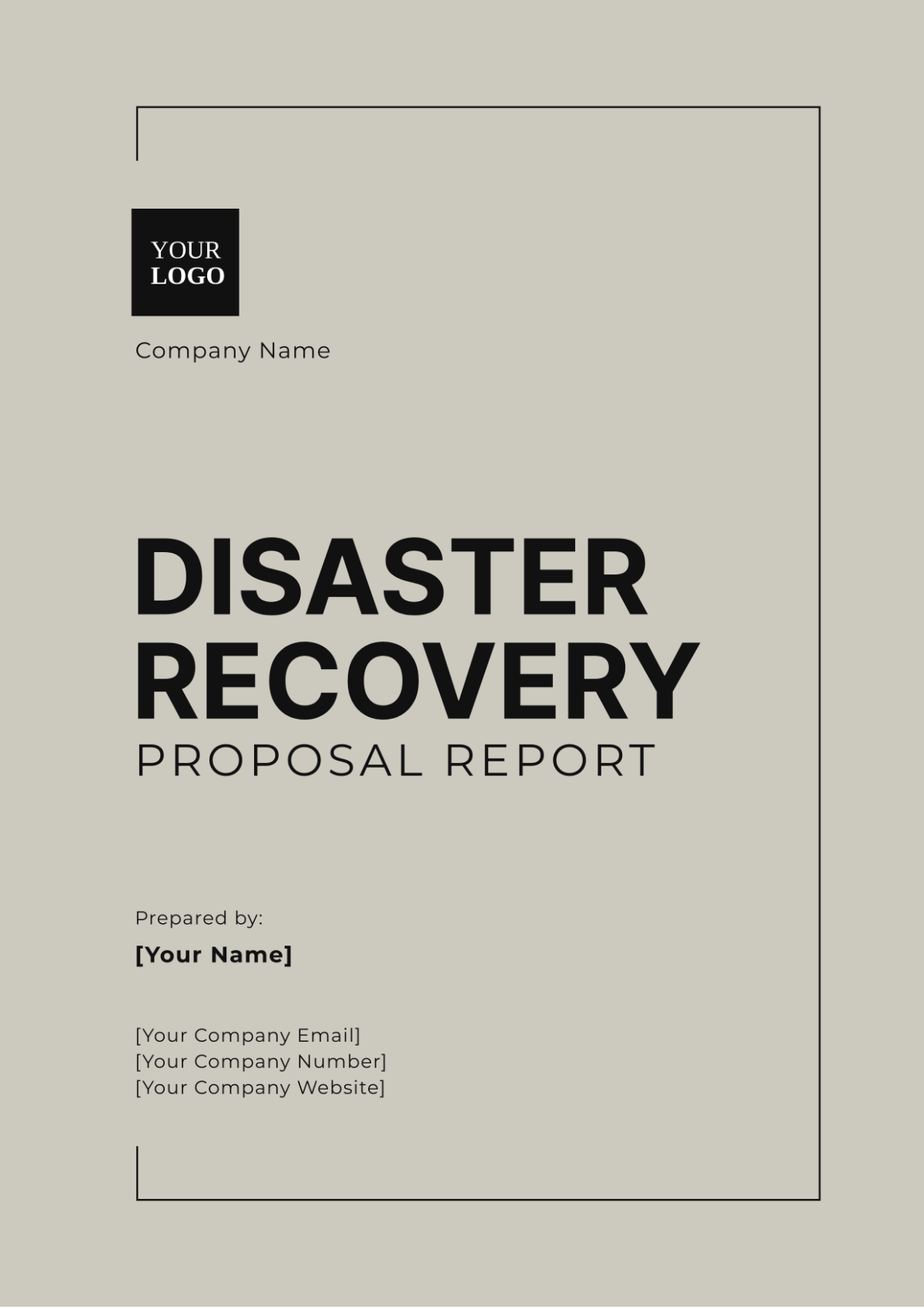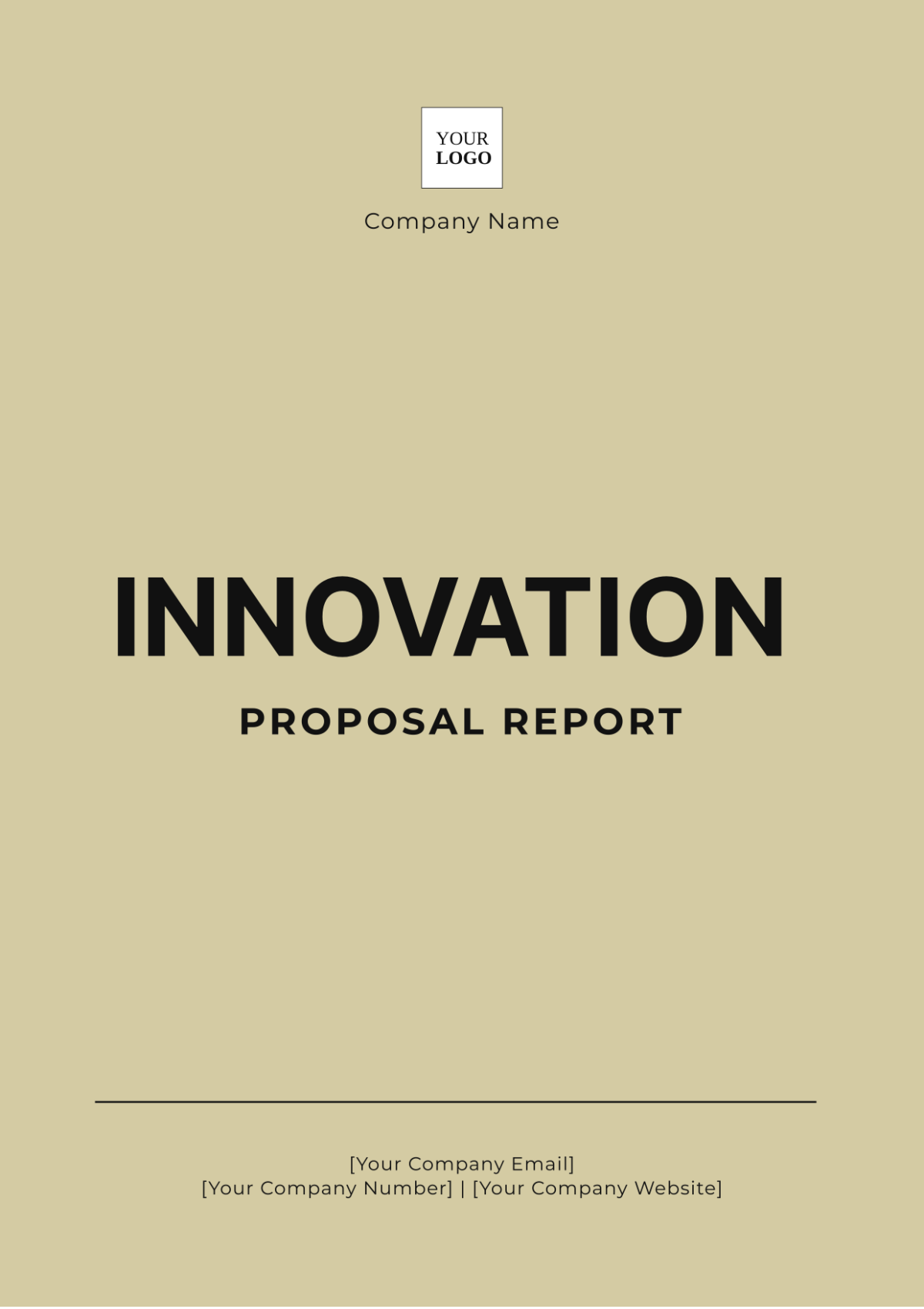Policy Proposal Report
1. Executive Summary
This report proposes a new policy aimed at enhancing operational efficiency and reducing costs for [Your Company Name]. The policy focuses on implementing a streamlined digital workflow system and optimizing resource allocation. The proposed measures are expected to improve productivity, reduce operational bottlenecks, and facilitate better decision-making within the company.
2. Introduction
2.1 Purpose of the Report
To outline the proposed policy changes.
To detail the expected benefits and implementation strategies.
To provide a comprehensive analysis of the impact on current operations.
2.2 Scope
Analysis of current operational inefficiencies.
Proposed policy changes and their implications.
Implementation plan and timeline.
Risk assessment and mitigation strategies.
3. Current Operational Challenges
3.1 Inefficiencies Identified
Fragmented workflows lead to duplication of efforts.
High operational costs due to redundant processes.
Delays in decision-making due to lack of real-time data access.
3.2 Summary of Current Challenges
Issue | Description | Impact |
|---|---|---|
Workflow Fragmentation | Multiple, disconnected systems | Increased time and effort |
High Operational Costs | Redundant processes and outdated technology | Higher expenditures |
Decision-Making Delays | Lack of real-time data availability | Slower response times |
4. Proposed Policy Changes
4.1 Digital Workflow System
Objective:
To integrate disparate systems into a unified digital platform.
Features:
Centralized data management.
Automated task tracking and reporting.
Real-time collaboration tools.
Benefits:
Reduced manual data entry and errors.
Enhanced visibility into project status and performance.
Improved team collaboration and efficiency.
Features and Benefits of the Digital Workflow System
Feature | Benefit |
|---|---|
Centralized Data Management | Streamlined data access and consistency |
Automated Task Tracking | Increased accuracy and reduced manual effort |
Real-Time Collaboration | Enhanced communication and project coordination |
4. 2 Optimized Resource Allocation
Objective:
To ensure that resources are allocated based on priority and necessity.
Strategies:
Implementing a resource management system.
Conducting regular resource utilization reviews.
Adjusting resource allocation based on project needs and performance metrics.
Benefits:
More efficient use of resources.
Cost savings from reduced waste and redundancy.
Improved project outcomes due to better resource alignment.
Resource Allocation Strategies
Strategy | Description | Expected Outcome |
|---|---|---|
Resource Management System | Centralized platform for resource tracking | Enhanced resource utilization |
Regular Utilization Reviews | Periodic assessments of resource use | Optimized allocation |
Performance-Based Adjustments | Allocation adjustments based on performance data | Improved project efficiency |
5. Implementation Plan
5.1 Phase 1: Planning
Define scope and objectives.
Identify stakeholders and establish a project team.
Develop a detailed project plan and timeline.
5.2 Phase 2: Execution
Deploy the digital workflow system.
Train staff on new systems and processes.
Monitor initial implementation and make necessary adjustments.
5.3 Phase 3: Evaluation
Assess the effectiveness of the new systems and processes.
Collect feedback from users and stakeholders.
Refine the policy based on evaluation results.
Implementation Timeline
Phase | Activity | Duration | Responsible Party |
|---|---|---|---|
Planning | Define scope and objectives | 2 weeks | Project Manager |
Execution | Deploy system and train staff | 4 weeks | IT Department |
Evaluation | Assess effectiveness and refine | 2 weeks | Project Team |
6. Risk Assessment and Mitigation
6.1 Potential Risks
Resistance to change from staff.
Technical issues during system implementation.
Budget overruns.
6.2 Mitigation Strategies
Conduct change management workshops.
Ensure thorough testing and support during implementation.
Monitor the budget closely and adjust as needed.
7. Conclusion
The proposed policy changes aim to address current operational inefficiencies through the implementation of a digital workflow system and optimized resource allocation. These measures are expected to help the organization achieve significant improvements in productivity, cost management, and overall operational efficiency. The comprehensive implementation plan and risk mitigation strategies will ensure a smooth transition and successful adoption of the new policy.





